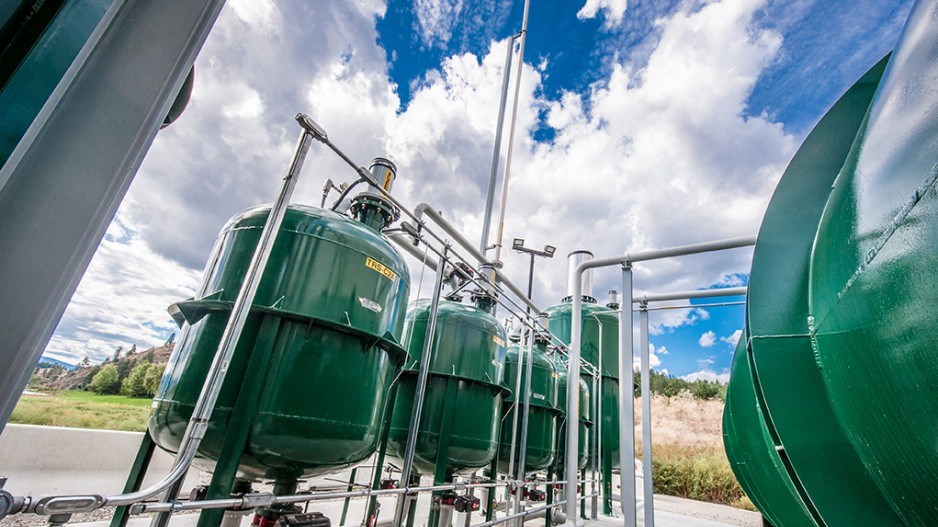FortisBC and the City of 91原创 have begun expanding methane capture infrastructure at the city’s landfill in Delta to add to FortisBC’s stable of renewable natural gas production facilities.
“This is our largest RNG project to date and the RNG generated from the landfill will be delivered into the local gas distribution system as a low-carbon energy source,” FortisBC CEO Roger Dall’Antonia said in a press release.
“As our city looks to reduce emissions and tackle the challenge of reducing our reliance on fossil fuels, it’s awesome to see exciting innovation that will make a difference,” said 91原创 Mayor Ken Sim.
“This new RNG facility at the 91原创 Landfill is exactly the type of project that will help 91原创 grow our economy while helping to shrink our emissions. We’re proud to work with our partners at FortisBC as we pave the way for a brighter – and greener future.”
Decaying organics in landfills produce methane. If it escapes into the atmosphere, it is magnitudes worse than if it is burned because methane has a significantly higher global warming potential than the CO2 produced when it is burned.
Currently, the methane captured at the city landfill in Delta is flared (i.e. burned). In other words, it’s wasted.
The expansion now underway will allow FortisBC to collect it and sell it to the city as renewable natural gas (RNG).
In 2021, the city received $1.47 million from the CleanBC Industry Fund to expand the methane capture project at the landfill.
The City of 91原创 will have the option of using RNG in its buildings, its fleet of vehicles that use compress natural gas and its False Creek Neighbourhood Energy Utility.
FortisBC estimates the use of captured methane from the Delta landfill will have the greenhouse gas reduction equivalent of 12,500 tonnes of CO2 – tantamount to taking 2,600 cars off the road each year.
Commissioning of the new methane capture plant will take 12 to 15 months to complete, the company said.





